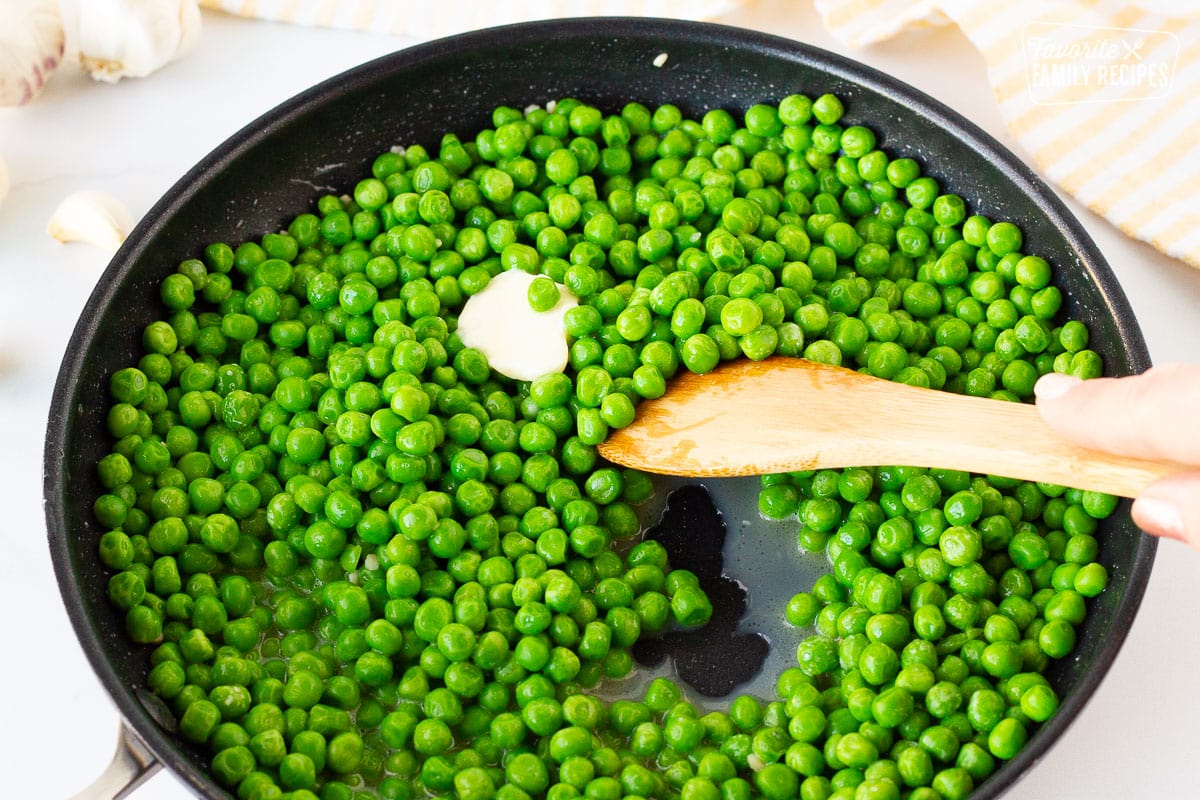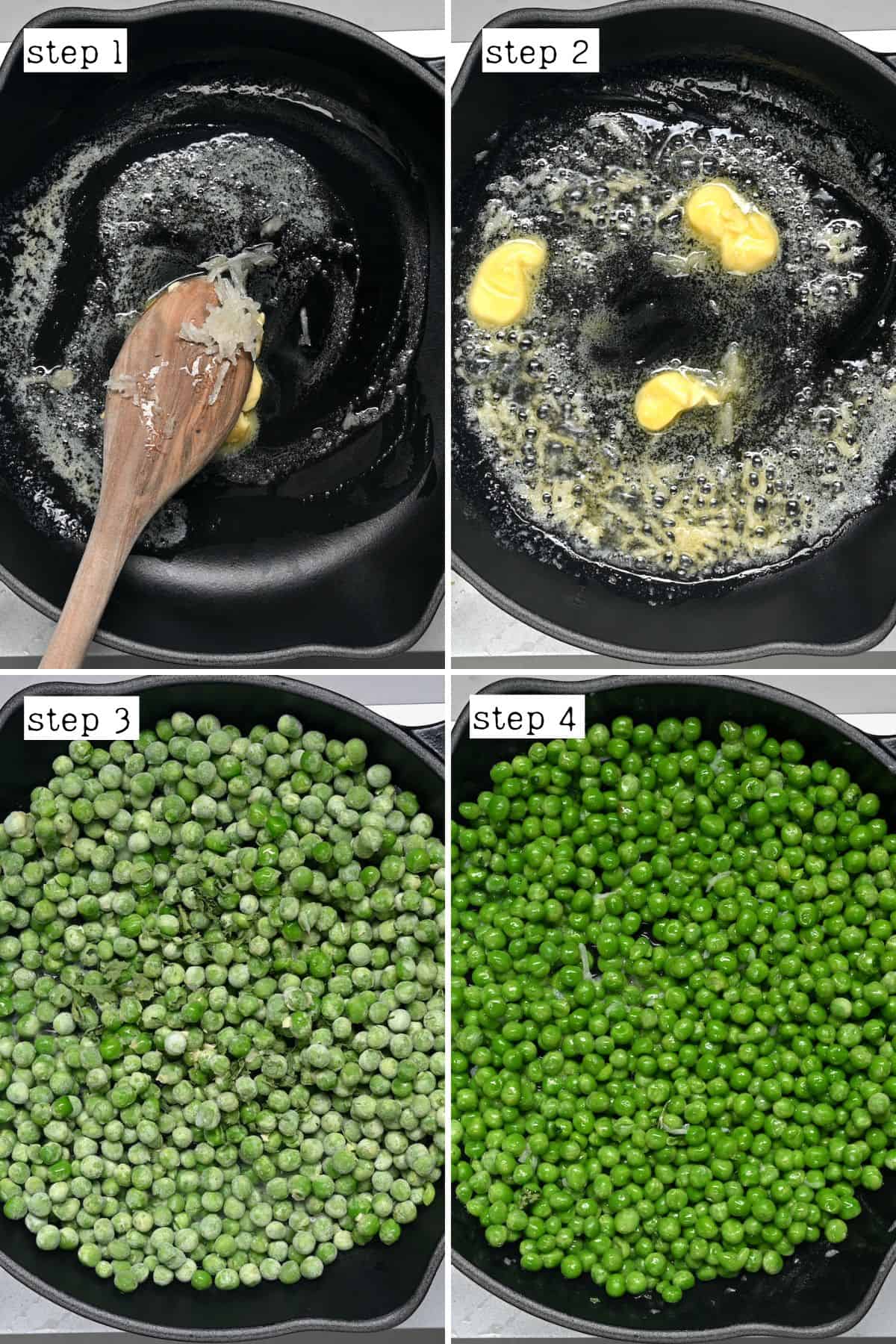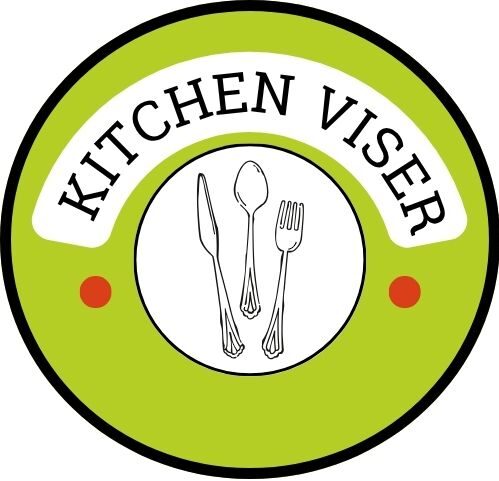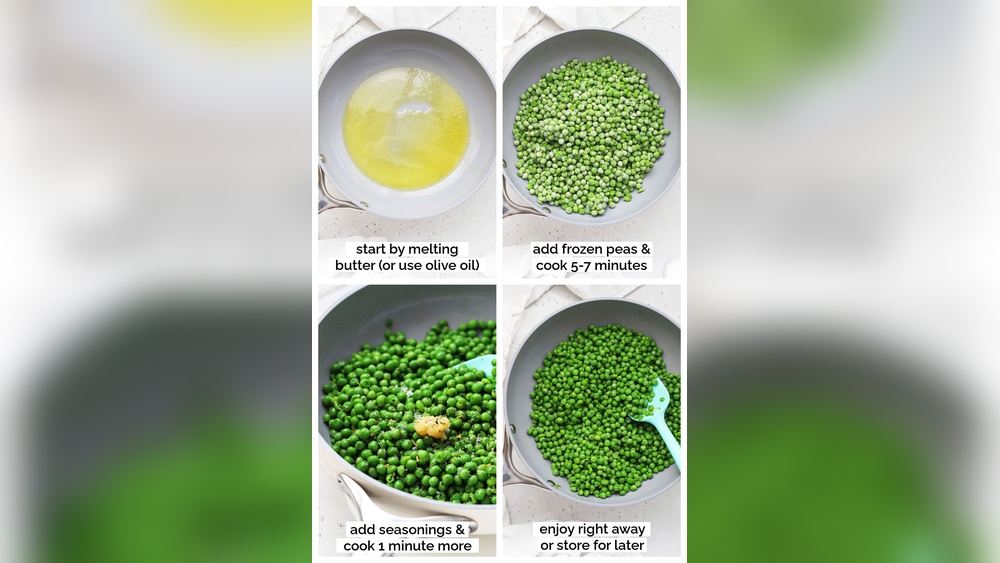Are you wondering how to cook frozen peas so they taste fresh, sweet, and perfectly tender every time? Whether you’re rushing through a busy weeknight or looking to add a quick, healthy side to your meal, frozen peas can be your secret kitchen weapon.
But cooking them wrong can leave you with mushy, flavorless peas that nobody wants on their plate. The good news? It’s easier than you think to bring out their natural sweetness and vibrant color with simple, foolproof methods. Keep reading, and you’ll discover exactly how to cook frozen peas the right way—fast, tasty, and with minimal fuss—so you can enjoy them as much as fresh peas, any day of the year.
Quick Stove Methods
Sautéing frozen peas with butter and garlic is quick and tasty. Heat a pan over medium heat and melt a tablespoon of butter. Add minced garlic and cook until fragrant, about 30 seconds. Toss in the frozen peas and stir often for 3-4 minutes. This method keeps peas bright and flavorful.
Boiling peas briefly is simple. Bring a pot of water to a boil. Add frozen peas and cook for 1-2 minutes only. Drain immediately to stop cooking. This method helps peas stay sweet and tender.
Steaming peas in a covered pan locks in moisture. Pour a small amount of water into the pan, just enough to create steam. Cover and cook frozen peas for 3-5 minutes on medium heat. Stir once or twice. This way, peas keep their natural texture and color.

Microwave Cooking
Place frozen peas in a microwave-safe bowl. Add about 2 tablespoons of water to help steam them. Cover the bowl with a microwave-safe lid or plate to trap steam. Microwave on high for 2 to 3 minutes. Stir halfway through cooking to ensure even heating. Drain any extra water after microwaving.
Sprinkle salt and black pepper for simple seasoning. Add a small pat of butter or olive oil for extra flavor. Fresh herbs like parsley or dill work well too. A squeeze of lemon juice brightens the taste. Avoid overcooking to keep peas tender and sweet.
Oven Roasting
Spread frozen peas on a baking sheet for even roasting. Drizzle with olive oil for a crisp texture. Sprinkle salt and pepper to taste. Roast in a preheated oven at 400°F (200°C) for 15-20 minutes. Stir halfway through cooking for even color.
Herbs like thyme, rosemary, or dill add fresh flavors. Garlic powder or smoked paprika gives a tasty kick. Toss peas with chosen spices before roasting. Experiment with different herbs to find your favorite.

No Thawing Needed
Frozen peas can be cooked directly without thawing. This saves time and keeps peas fresh. Just add them to boiling water or hot pan.
Cooking peas straight from frozen helps maintain their bright green color and fresh taste. Avoid overcooking, as it makes peas mushy and dull.
Steaming or sautéing frozen peas for 2-3 minutes keeps their crisp texture. Stir gently to heat evenly. Drain any extra water to avoid sogginess.
Microwaving frozen peas in a covered dish with a little water works well. Heat on high for 1-2 minutes, then check and stir.
Flavor Enhancements
Garlic and butter make frozen peas taste rich and fresh. Melt butter in a pan, add minced garlic, and cook until fragrant. Toss in the frozen peas and stir for a few minutes until warm. This simple step gives peas a delicious aroma and smooth texture.
Sweeteners and spices can balance the peas’ natural flavor. A pinch of sugar or honey adds a gentle sweetness. Sprinkle black pepper, paprika, or chili flakes for a mild kick. These small touches enhance the taste without overpowering the peas.
Adding cream or cheese turns peas into a creamy side dish. Stir in a spoonful of cream or a handful of grated cheese while cooking. This makes the peas smooth and tasty, perfect for a comforting meal.

Serving Ideas
Peas make a great side dish. Simply steam or boil frozen peas and season with salt and pepper. A little butter or olive oil adds nice flavor. Serve alongside chicken, fish, or beef for a colorful plate.
Mixing peas into salads and pastas adds texture and sweetness. Toss thawed peas into green salads or pasta salads. They work well with cheese, nuts, and fresh herbs. Warm peas also blend nicely into creamy pasta sauces.
Using peas in soups and stews boosts nutrition and taste. Add frozen peas near the end of cooking to keep their bright color. They pair well with vegetable, chicken, or beef soups. Peas soften quickly and add a pop of green to any bowl.
Frequently Asked Questions
How Do You Cook Frozen Peas?
Cook frozen peas by adding them directly to boiling water or a hot pan. Cook for 1-3 minutes until tender. Drain and season with salt, pepper, or butter. Avoid overcooking to retain sweetness and color. Microwaving or steaming also works well for quick preparation.
Do Frozen Peas Need To Be Boiled?
Frozen peas don’t need boiling since they are pre-steamed. Heat them briefly to keep sweetness and texture.
Is It Better To Boil Or Microwave Frozen Peas?
Microwaving frozen peas cooks them quickly and preserves their sweetness. Boiling can cause nutrient loss and mushiness. Use microwave for convenience and better texture.
Should Frozen Peas Be Thawed Before Cooking?
No, do not thaw frozen peas before cooking. Cook them directly from frozen to retain texture and flavor.
Conclusion
Cooking frozen peas is quick and simple with the right steps. Avoid overcooking to keep their bright color and sweet flavor. Use steaming, microwaving, or sautéing for best results. No need to thaw before cooking; frozen peas cook well straight from the bag.
Adding seasonings like butter, garlic, or pepper can enhance their taste. Enjoy frozen peas as a healthy side or in various dishes anytime. With these easy methods, frozen peas become a tasty and convenient choice in your kitchen.

Yes, working as , Food Blogger and Product Reviewer for last 6 years. Here you will get amazing deals for Smart kitchen products. I am your best source for the latest update in cooking trends. I provide insightful articles, reviews, and analysis on cutting-edge kitchen gadget. My mission is to empower readers with the knowledge they need to stay ahead in a rapidly evolving coking world. Join me as we explore the future of food technology and how it shapes our lives today and tomorrow.




